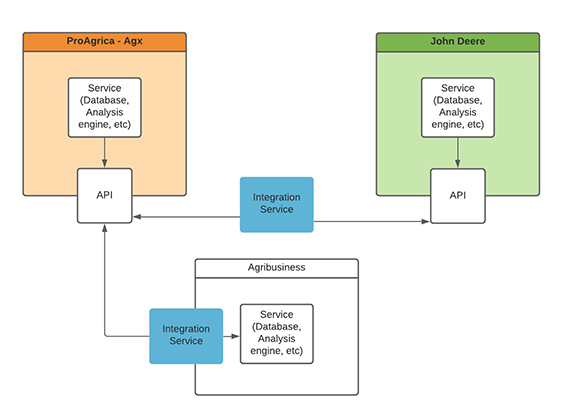What’s Next for Agricultural Drones?
Last month I made the trek to downtown Chicago to attend the annual conference of the Association for Unmanned Vehicle Systems International (AUVSI), mercifully shorthanded to the event known as XPONENTIAL.
This year was the eighth edition of the meeting, a sprawling, exhausting display of all things unmanned.
As you can imagine, the meeting was created originally to serve the largest industry that employs unmanned technology — the military. Long-time attendees told me that in the early days it was difficult to find a civilian amid a sea of uniformed conference delegates.
In 2019 XPONENTIAL exhibitors and attendees were clearly skewed to civilian causes for autonomous technology — I saw one person in fatigues there during my two-day immersion.
MORE BY PAUL SCHRIMPF
‘Future of Food’ Panel Will Deliver Compelling Close to 2022 VISION Conference in January
CoBank Report Asserts Precision Services are Essential to Future of U.S. Ag Retail
And, full disclosure, agriculture is definitely not a primary target for most of the participants. Industrial inspection, oil and gas, mining, site surveying, and other industries in which offering remote access is not only more efficient but life-saving are clearly the focus.
But present were some companies that we all know — Topcon, Trimble, PrecisionHawk, and AeroVironment, among others — who will be taking the bits of useful unmanned technology and applying them to agriculture.
I went to the conference not really knowing what to expect. I’ve been a drone skeptic, at least as far as figuring out how retailers could create a legitimate business plan by adding drone imagery and field inspection to an agronomy program. But I left the conference a bit more hopeful about the future.
For starters, a term that we should all become familiar with is “beyond visual line of sight,” or BVLOS. (The “cool” people say BEE-VLOS.) Today you can’t fly a drone to where you can’t see it, which significantly diminishes its utility in a number of industries, including agriculture.
But when you can fly beyond the horizon, perhaps centrally controlling drone flights without having to watch their every move — that could change the game a bit.
Most of the exhibitors I talked to, whether they were in ag or not, were hotly anticipating the Federal Aviation Administration (FAA) finally relaxing the rules about line of sight. Most other countries around the world are already way ahead of the U.S., and the pressure continues to grow as drone and ground control technology improves (as does opportunities to build business).
Of course, it remains to be seen what direction FAA will ultimately choose to go — its approach to drones has leaned toward “abundance of caution” as it considers commercial aviation risks, as well as concerns for low-altitude agriculture aviation.
One interesting development at the conference occurred while talking to some of the many universities and state-based organizations that are working to build business around drone technology. In the Oklahoma booth they talked about creating “droneports” out of county and regional airports, which would offer centralized ground control and dispatch of drones. Seems like a pretty practical idea to address concerns about drone management, and a way for agriculture to potentially tap into an efficient method for using drones.
The regulations may be a year or two in the offing, but BVLOS could move the needle on ag drones.










